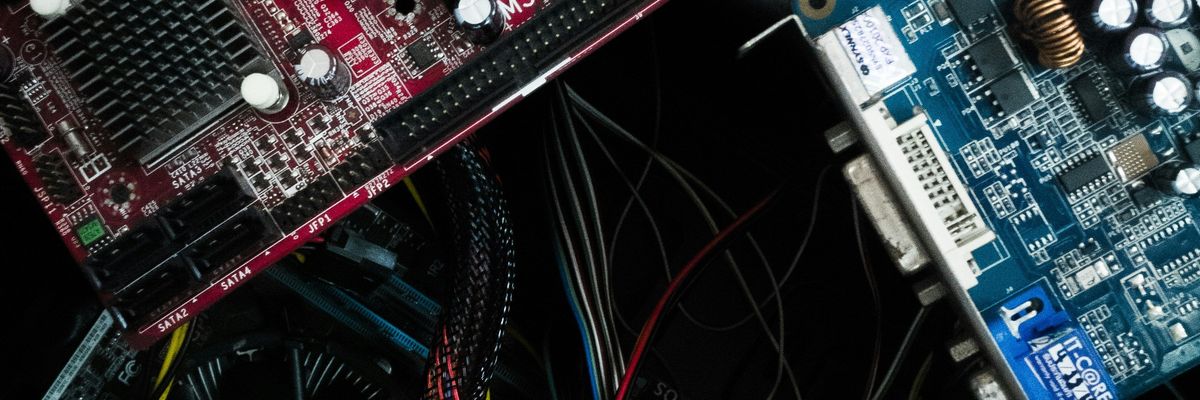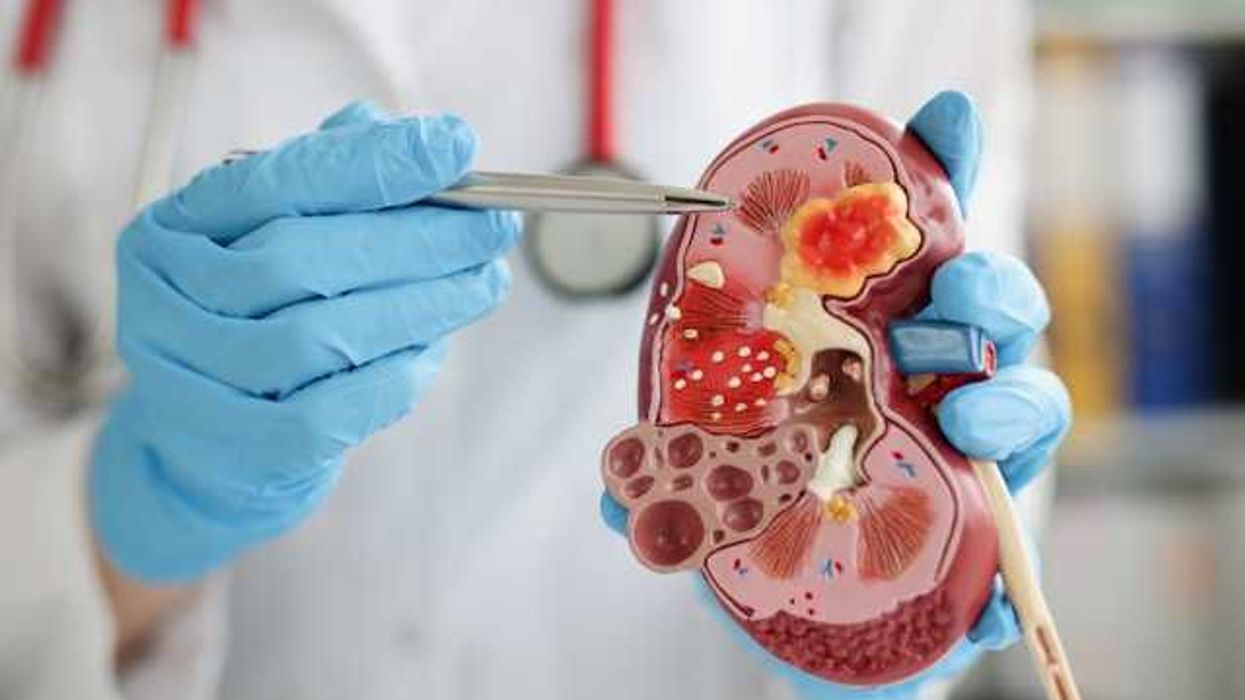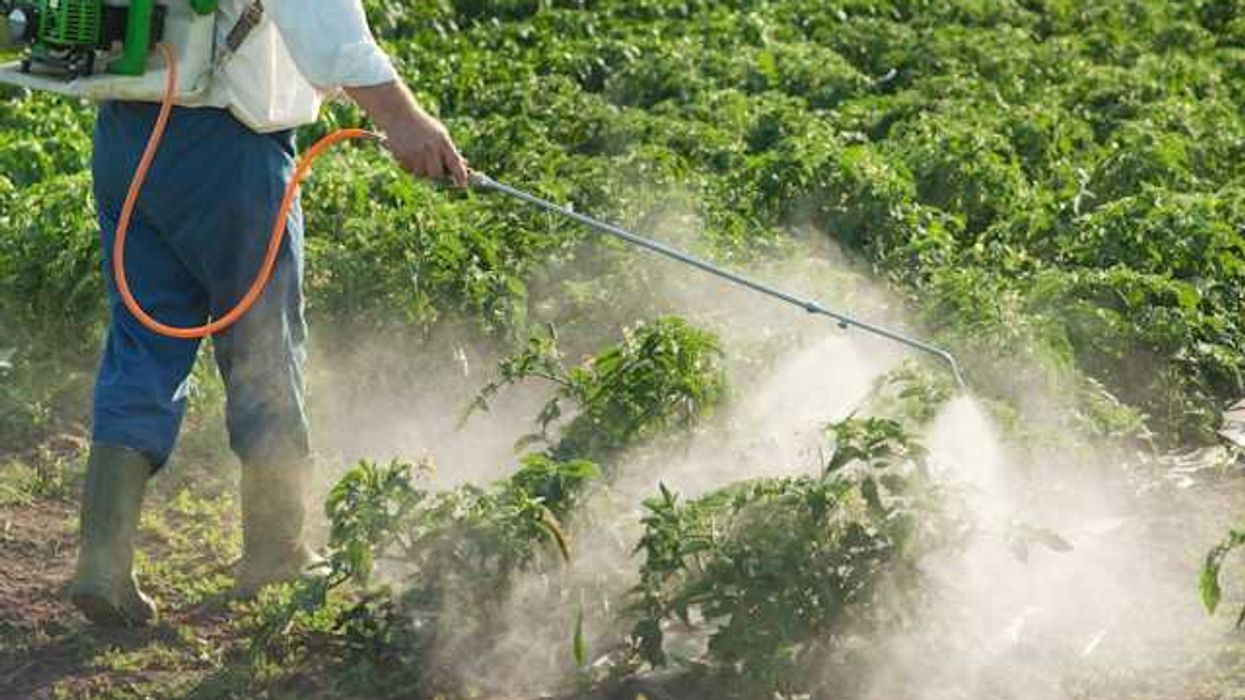Brominated polymers (polyBFRs) - a type of flame retardant that was considered a “safe” alternative to older flame retardant chemicals - breaks down into toxic byproducts once released into the environment, according to a new study published in Nature Sustainability.
In short:
- PolyBFRs chemicals, often thought of as less toxic than some alternatives because of their large size, break down into at least 76 smaller byproducts.
- Many of these byproducts were found in the environment around electronic waste recycling facilities in China.
- Exposure to relatively low levels of these byproducts resulted in developmental toxicity in laboratory studies.
Key quote:
“Although polyBFRs initially seemed to be a more health-protective alternative compared to non-polymeric flame retardants, our work strongly indicates that polyBFR usage can no longer be assumed to be safe for human and environmental health.”
Why this matters:
PolyBFRs and other polymeric flame retardants are produced and used in high volumes due to their reputation as “safe” and “eco-friendly” substitutes to other toxic flame retardant chemicals. In reality, this reputation is only based on an assumption that polyBFRs don’t cause harm, since current regulations have not required any toxicity testing for these chemicals or their byproducts. The authors of this study point to the lack of data and regulatory oversight as a “broader failure of industry and regulatory systems to provide environmental protection.” They note that “if only the direct effects of polyBFRs are considered when drafting possible regulations, clear toxicological harm will be ignored.”
Related EHN coverage:
- Flame retardant chemicals linked to increased risk of cancer-related death
- Wildlife across the globe are polluted with flame retardants: Map
- Workers face health risks from toxic chemical mixtures in e-waste
More resources: The Green Science Policy Institute provides resources on flame retardants and has worked successfully to change regulations, leading to reduced exposure levels to some toxic flame retardant chemicals. Technology Network's coverage of this paper includes an interview with Dr. Arlene Blum of the Green Science Policy Institute and one of the authors of the study.
Liu, Xiaotu et al. for Nature Sustainability. Mar. 3, 2025

















